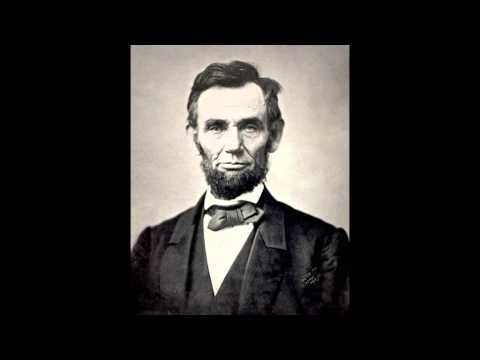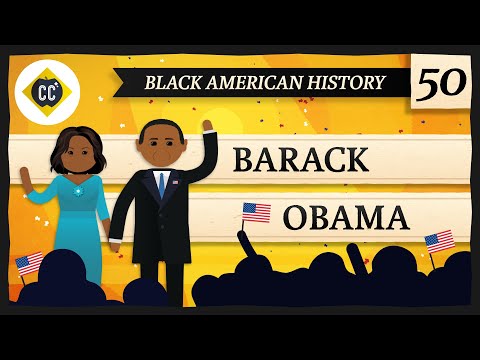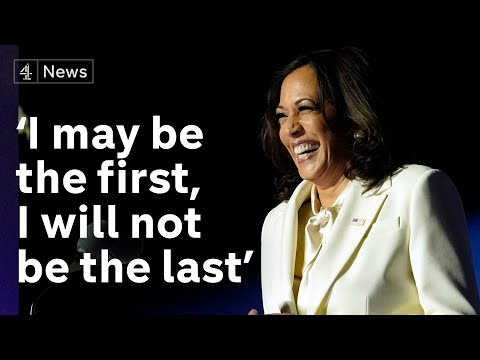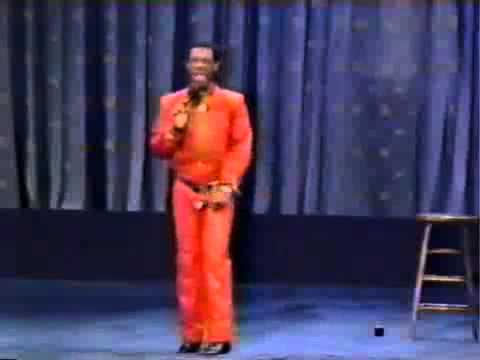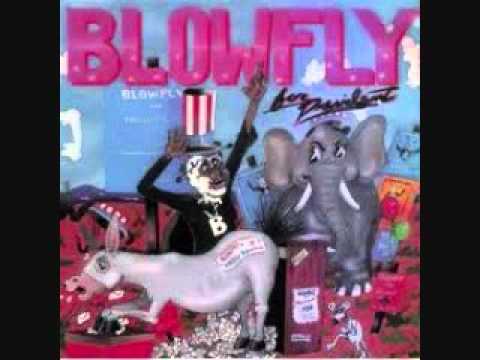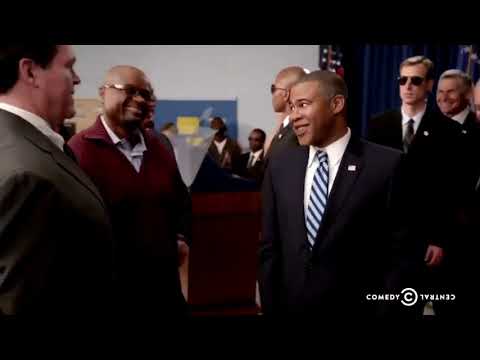Introduction:
Throughout American history, there have been leaders who left an indelible mark on the nation’s progress, guiding it towards greatness. But among them, one figure has come to be regarded as the prime example of a lackluster presidency. As we delve into the annals of American history, it is time to cast a critical eye on that leader and examine why they are deemed the worst president in U.S. history.
The Era of _______:
Once occupying the highest office in the land, this particular president’s reign was characterized by numerous failures, divisive policies, and significant setbacks – leaving profound scars on both domestic and international fronts.
Domestic Policy Failures:
One area where this president failed spectacularly was domestically. Their economic policies proved disastrous for American citizens, with soaring unemployment rates and stagnant economic growth becoming the norm. Economic mismanagement led to widespread poverty and hardship for everyday Americans.
Furthermore, lacking a comprehensive vision for social reform, this president failed to address key issues such as racial inequality, healthcare accessibility, and educational disparities. In failing to guide legislation or offer meaningful solutions to these pressing problems, they allowed societal divisions to fester.
Foreign Policy Blunders:
Internationally, this president exhibited a lack of diplomacy and strategic foresight which damaged America’s global standing. Under their leadership, long-standing alliances were alienated while adversaries were emboldened.
The decision-making during this administration led to military destabilization in certain regions without achieving positive outcomes or securing long-term stability. The mishandling of foreign affairs only served to erode American credibility on the world stage.
Political Polarization:
Another undeniable characteristic of this presidency was its contribution towards deepening political polarization within the nation. Rather than fostering unity amidst diversity by encouraging constructive dialogue between opposing parties, they exacerbated divisions through inflammatory rhetoric and derogatory remarks.
Furthermore, this president consistently prioritized their party’s interests over the welfare of the nation. Their inability to effectively collaborate with Congress hindered progress and resulted in legislative gridlock, leaving many important issues unresolved.
Conclusion:
While it is crucial to approach historical figures with an understanding of the context in which they governed, it remains necessary to evaluate their legacy objectively. The individual who is often identified as the worst president in U.S. history embodies a leadership style marred by poor domestic policy decisions, foreign policy mistakes, and significant political polarization.
The legacy of this presidency serves as a stark reminder that leaders must prioritize the well-being of their constituents above personal ambition or party affiliations. It also underscores America’s resilience, as subsequent administrations work tirelessly to mend the damages inflicted by that particular era.
Ultimately, learning from past mistakes enables us to chart a more prosperous path forward. As we weigh the successes and failures of presidential leadership throughout American history, it becomes our duty to remain vigilant and ensure such pitfalls are not repeated.
